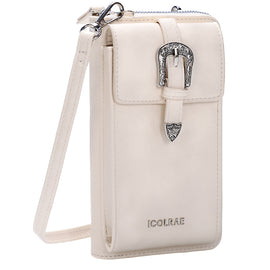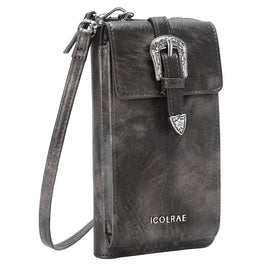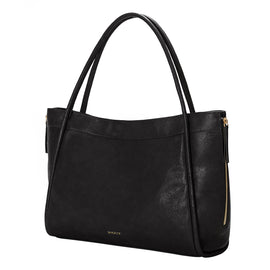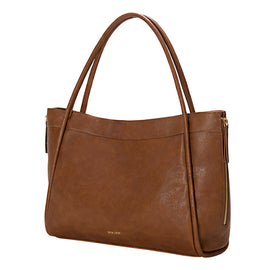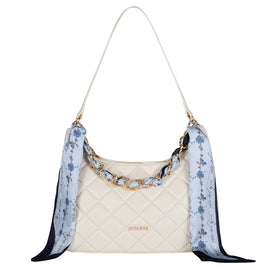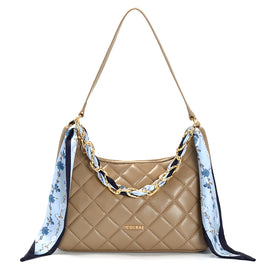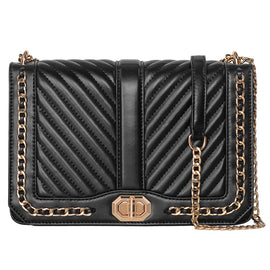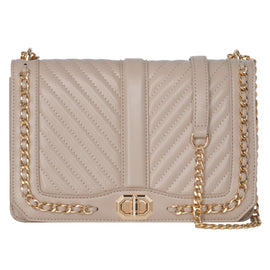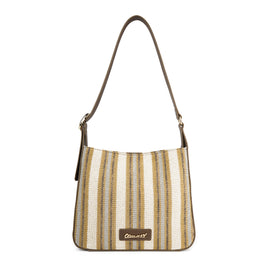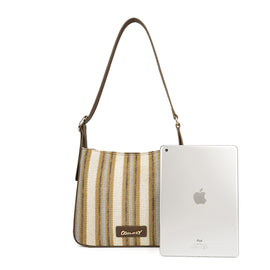How to Remove Bad Smells from Leather Bags
Introduction
A leather bag is more than just an accessory—it’s a reflection of personal taste and sophistication. However, leather, being a natural material, can absorb odors from its environment over time. Whether it’s from moisture, improper storage, or prolonged use, unpleasant smells can ruin even the most luxurious bag.
At HerminFashion, we understand the importance of maintaining your bag’s freshness and quality. This guide explains the different types of leather, why proper care is essential, how to remove unwanted odors safely, and how professional manufacturers prevent such issues during production.
1. Understanding Leather Types and Their Sensitivity
Before attempting any odor-removal method, it’s crucial to understand that not all leather types react the same way to cleaning or deodorizing treatments.
Here are the most common types and their sensitivities:
-
Full-Grain Leather: The highest quality and most natural form of leather, rich in oils and pores. It absorbs odors quickly but can also be cleaned effectively if treated gently.
-
Top-Grain Leather: Slightly processed for smoothness and stain resistance. Less absorbent, but strong fragrances or harsh chemicals may still damage its surface.
-
Genuine Leather: Made from multiple layers bonded together. More prone to odor retention due to its porous structure.
-
PU and Synthetic Leather: Non-porous and easier to clean, but some low-quality coatings may react poorly to alcohol-based sprays.
Understanding your leather type helps determine which deodorizing method is safe and which could cause discoloration or cracking.
2. Why Proper Leather Care Matters
Leather is a living material—it “breathes” and interacts with its environment. Without proper maintenance, it can trap moisture, leading to mildew, odor, and even structural degradation.
Here’s why regular care is essential:
-
Prevents Bacteria Growth: Odors often originate from bacteria that thrive in humid environments.
-
Maintains Material Longevity: Proper conditioning prevents leather from drying out or hardening.
-
Preserves Natural Aroma: High-quality leather has a distinct, pleasant scent that should be maintained, not masked.
-
Supports Sustainable Use: Well-maintained leather products last longer, reducing the need for frequent replacements.
When you treat your leather bag with care, you’re not just protecting its appearance—you’re preserving its value.
3. Professional Methods to Remove Odors from Leather Bags
Removing odors safely requires patience and the right materials. Avoid quick-fix sprays or strong chemicals; instead, use tested and professional-grade methods.
Here are effective approaches recommended by leather experts at HerminFashion:
a. Air Drying in a Ventilated Space
Place the leather bag in a well-ventilated area, away from direct sunlight or heat. Natural airflow helps dissipate trapped odors without damaging the leather surface.
b. Use of Baking Soda or Charcoal
These are natural deodorizers. Place a small bag of baking soda or activated charcoal inside the leather bag, close it, and leave it for 24–48 hours. They absorb moisture and neutralize odors.
c. Gentle Vinegar-Water Solution
Mix equal parts of distilled white vinegar and water. Dampen a soft cloth with the solution and gently wipe the leather surface. This neutralizes odors while disinfecting the area.
d. Leather Cleaner and Conditioner
Use a pH-balanced leather cleaner, followed by a conditioner. This restores the bag’s natural oils, removing odor-causing residue and keeping the surface soft and hydrated.
e. Odor-Eliminating Spray for Leather
If you prefer commercial products, ensure they are specifically labeled for leather. Avoid alcohol or ammonia-based sprays—they can dry out and discolor the material.
4. How Manufacturers Prevent Leather Bags from Developing Odors
While odor removal is possible, prevention always yields better results. In professional factories like HerminFashion, odor control begins long before the product reaches the customer.
Here are key manufacturing practices that ensure freshness and durability:
-
Material Screening: Only high-quality, well-tanned leather is used. Low-grade or poorly treated hides often carry residual smells.
-
Proper Drying and Curing: Leathers are air-dried under controlled humidity to prevent mold and odor formation.
-
Anti-Bacterial Coating: A thin layer of antimicrobial finish helps resist odor-causing bacteria during long-term storage.
-
Clean Production Environment: Work areas and storage facilities are maintained under strict hygiene conditions.
-
Moisture-Proof Packaging: Each bag is sealed in breathable, moisture-resistant wrapping to prevent odor absorption during transport.
This level of control reflects HerminFashion’s dedication to precision, cleanliness, and long-term quality assurance—values that have defined our brand since 2011.
Conclusion
Removing bad smells from leather bags is as much about prevention as it is about proper maintenance. By understanding leather types, applying safe cleaning methods, and trusting manufacturers that prioritize hygiene and material quality, you can extend the life and freshness of your bag.
At HerminFashion, we not only create high-quality leather bags but also ensure that every step—from tanning to packaging—is optimized to keep them odor-free, stylish, and durable. Whether you’re a startup brand or a global retailer, our custom manufacturing solutions will help your leather products stand the test of time.

